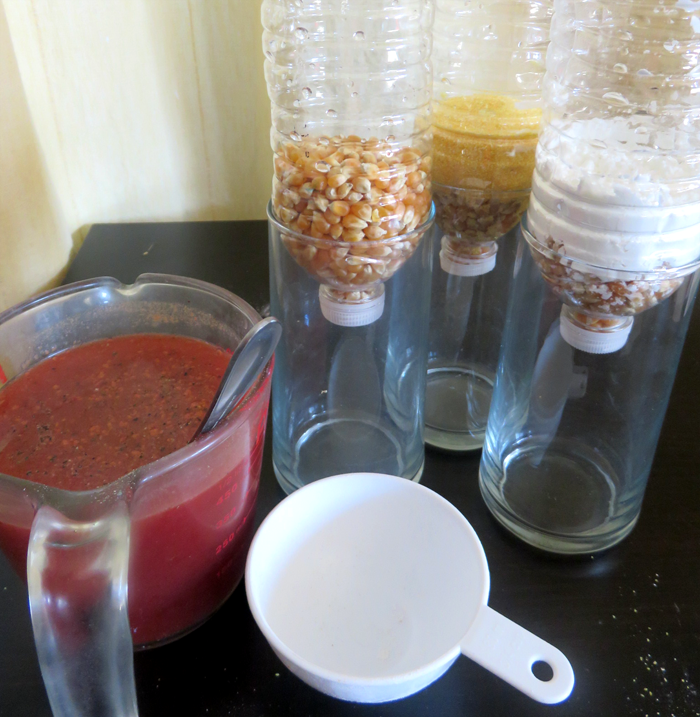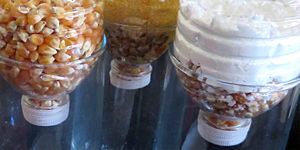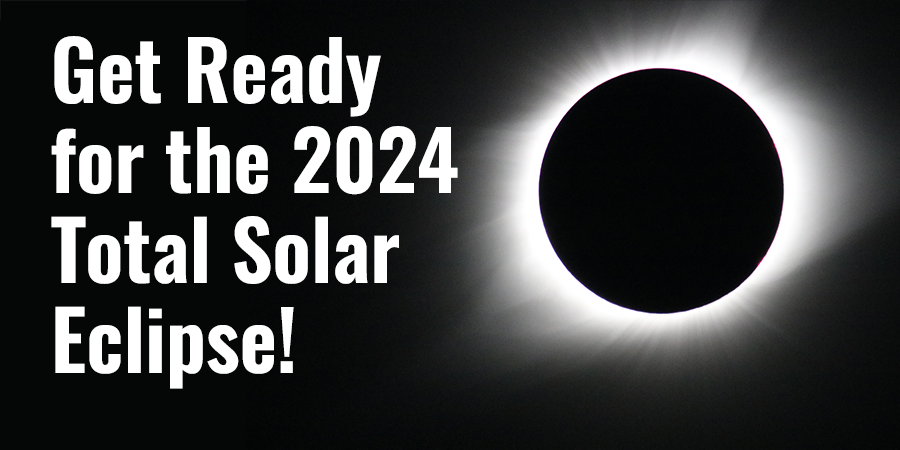Clean Water and Aquifer Science
Is rainwater that seeps into the ground and passes through layers of soil clean or dirty? In this week's family science spotlight, kids explore how the passage of water through underground layers can result in storages of groundwater that are surprisingly clean!

Natural Water Filtering
In this week's family-friendly science activity, students experiment to see how the process of water passing through different layers of soil result in filtered water that is then stored in underground layers called aquifers. This water may even be bottled and sold as "spring water."
Unlike the water collected in bodies of water like lakes and ponds, when water falls to the ground, it soaks into the ground. Depending on what is beneath the surface of the ground, the water may then pass through various layers of soil. Eventually, the water reaches an impermeable layer it can't seep through. The water collects or pools in the final layer, resulting in an underground storage called an aquifer.
Because the water collected in an aquifer has passed through various levels of soil above it, natural filtering has occurred. Is it enough to clean the water? Is this kind of filtering enough to make water safe to drink? (Note: keep in mind that not all pollutants are visible to the eye.)
In this week's science activity, kids model this process by testing three different "soils" to see how well they filter (or clean) the water. First, kids mix up some "dirty" water—water with food coloring and bits of kitchen ingredients that have both taste and color and differently sized particles. They then set up three water collection bins using popcorn kernels, corn meal, and corn starch to simulate different kinds of soil.
As the dirty water flows through each collector, kids can observe the process of the water flowing from the top layer to the bottom, and they can watch to see whether or not soil composition affects the filtration process. Will the same amount of water pass through each collector to the aquifer? Why or why not? Do all of the aquifers end up with the same amount of collected water? What difference does the size of the holes between the particles in the "soil" make? How clean will the water that reaches each aquifer be? Put these questions (and others) to a family science test to find out!
Try It Out!
The following Science Buddies activity on the Scientific American website has all the information you need to do this hands-on activity with your students at home: How Dirt Cleans Water.
Extend the Fun!
Students interested in further exploring the science of water filtering or the science related to particle size and how that changes how things flow, sort, or move may also enjoy the following hands-on projects, activities, and blog posts:- Carbon Filters and Adsorbing Science
- Holey Porous Rock Science!
- Porosity and Particle Size
- From Contaminated to Clean: How Filtering Can Clean Water
- Spilling Candy
Categories:
You Might Also Enjoy These Related Posts:
- Plastics and Earth Day - Science Projects
- Arduino Science Projects and Physical Computing
- 10+ Robotics Projects with the BlueBot Kit
- 5 STEM Activities with Marshmallow Peeps
- March Madness Basketball Science Projects: Sports Science Experiments
- Women in STEM! More than 60 Scientists and Engineers for Women's History Month
- Explore Artificial Intelligence and Machine Learning with Student AI Projects
- 10 Reasons to Do the Rubber Band Car Engineering Challenge










